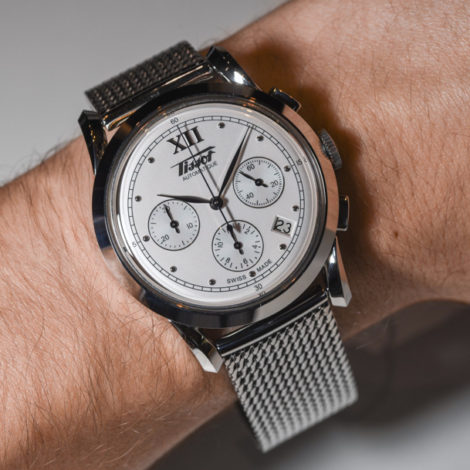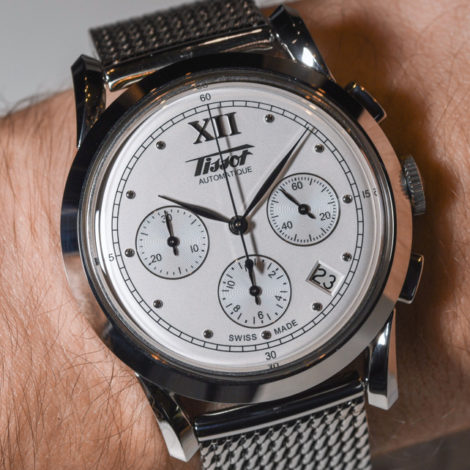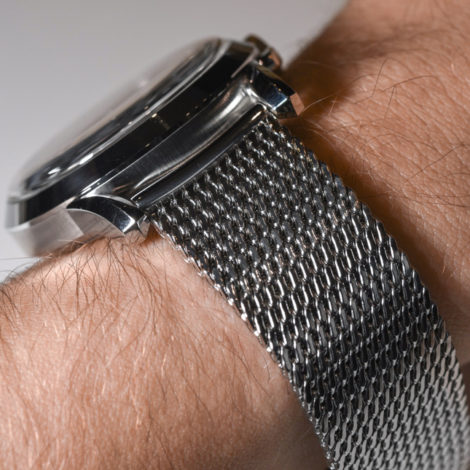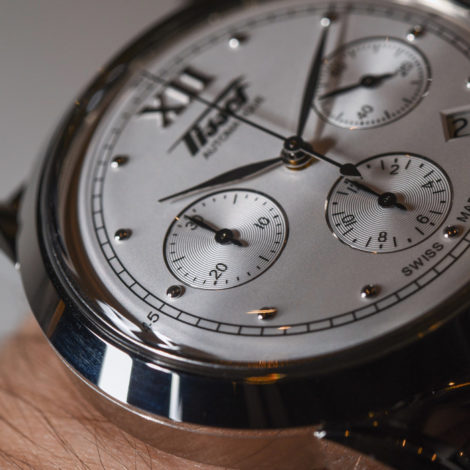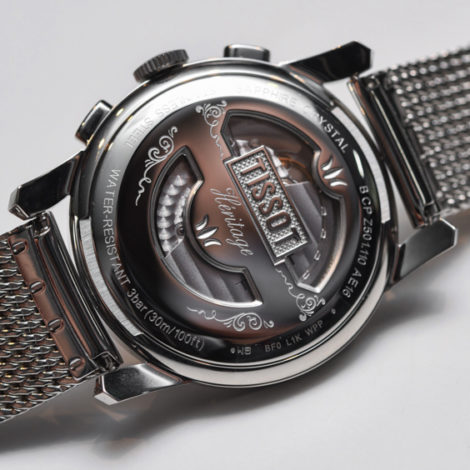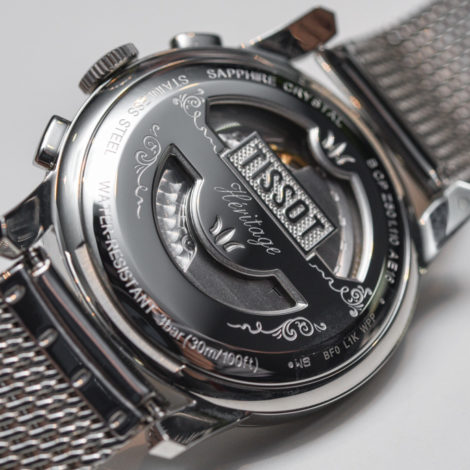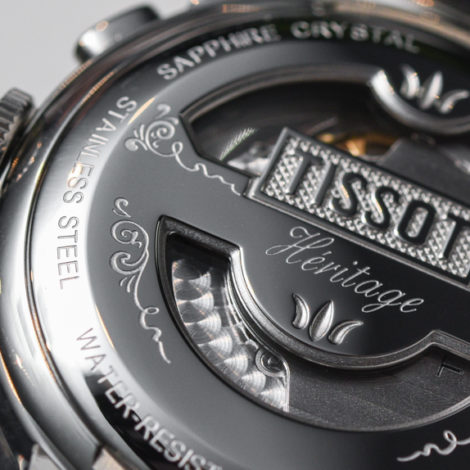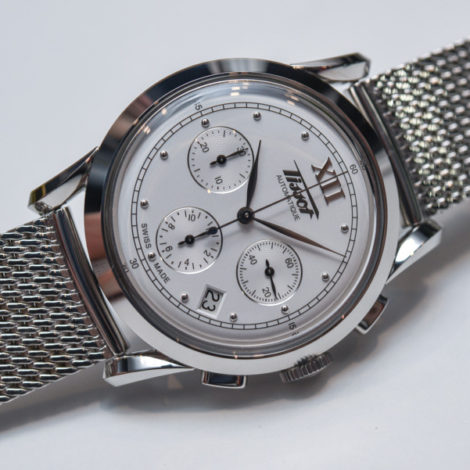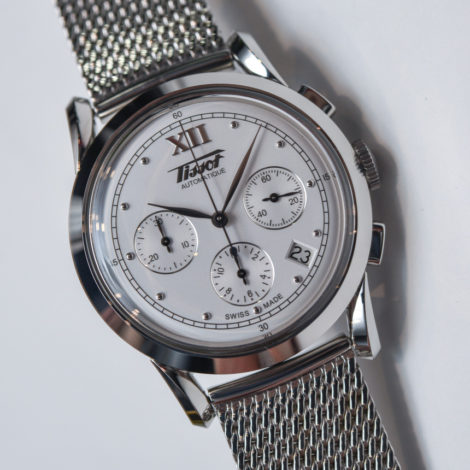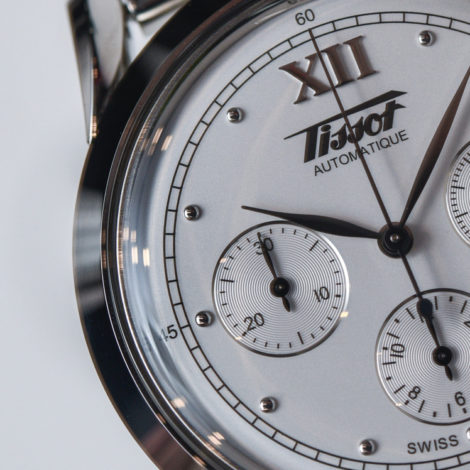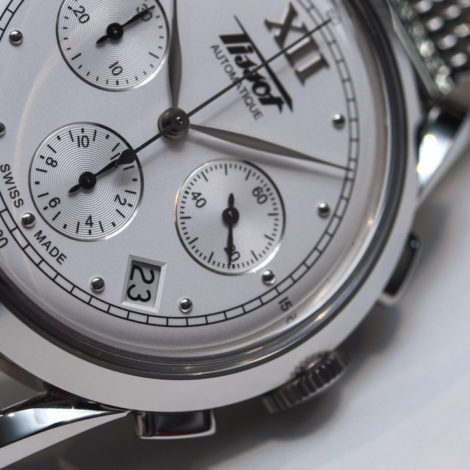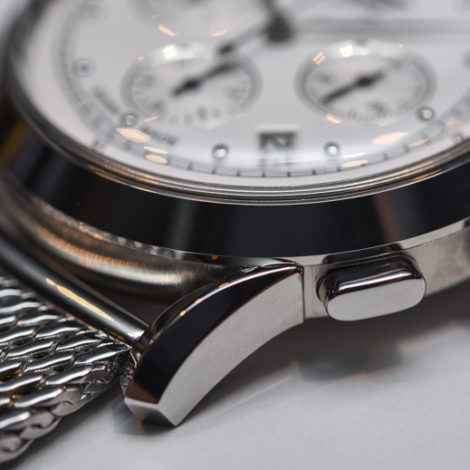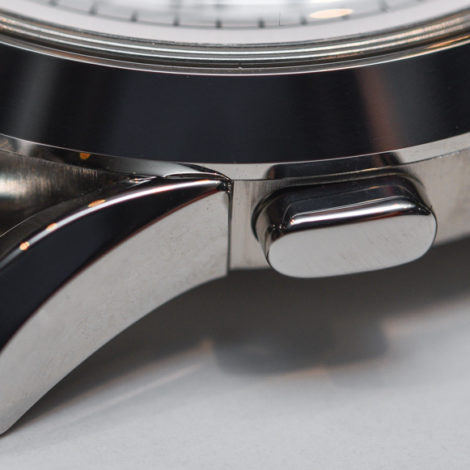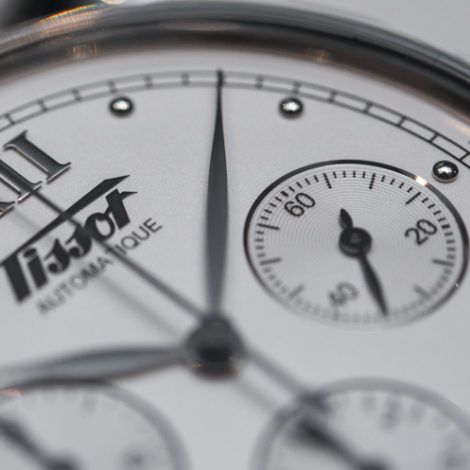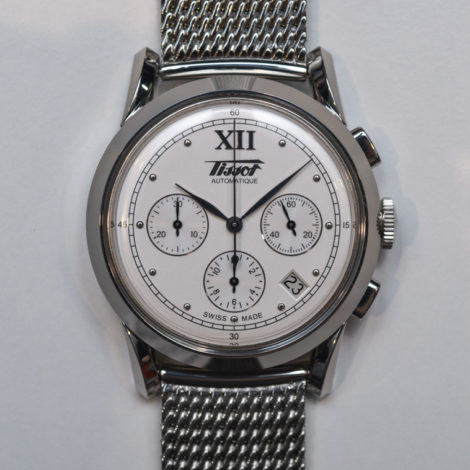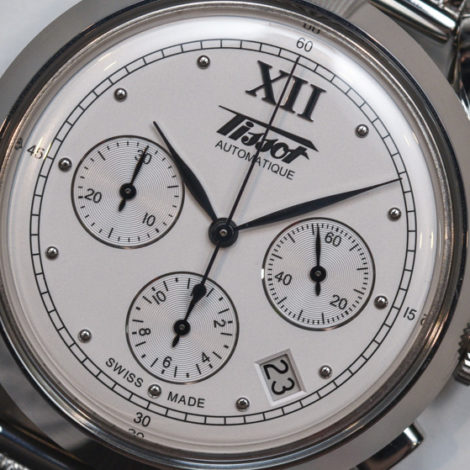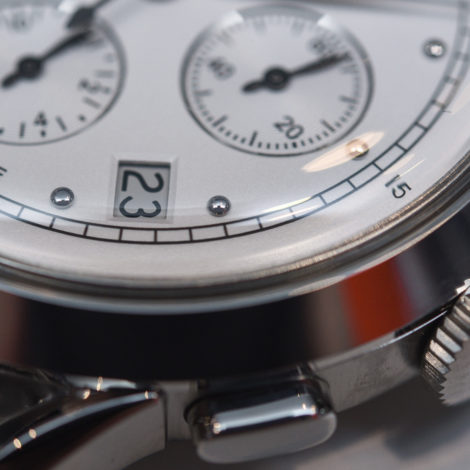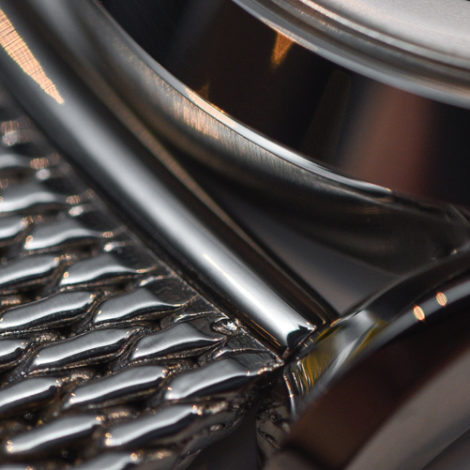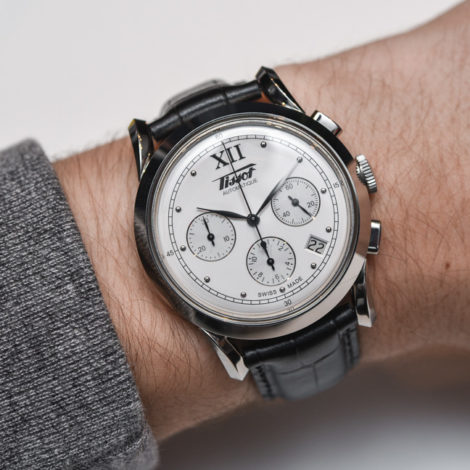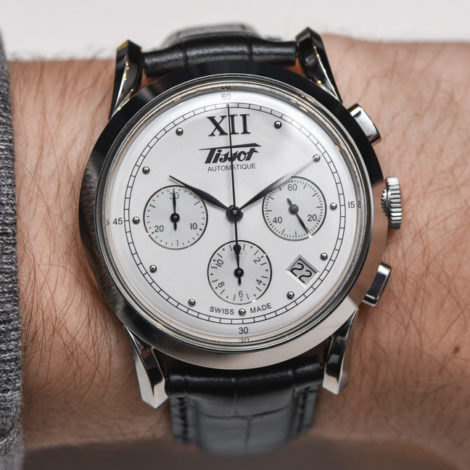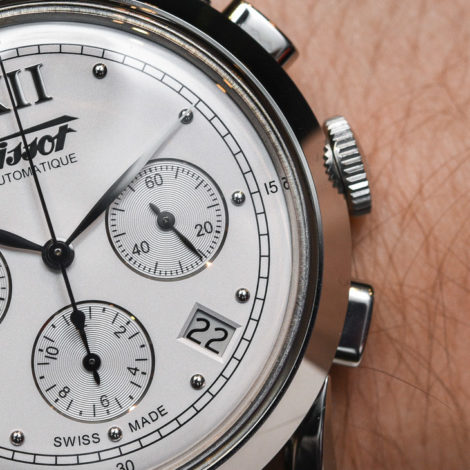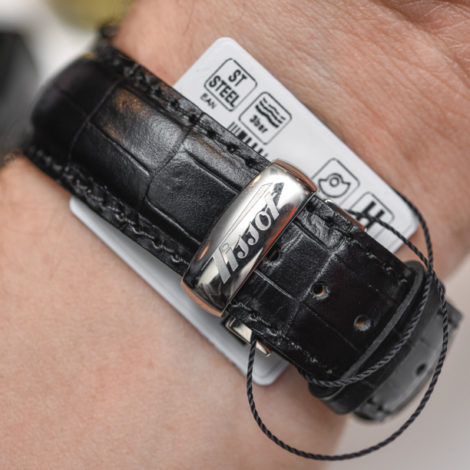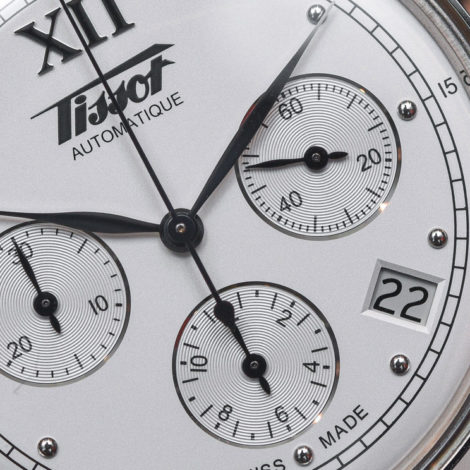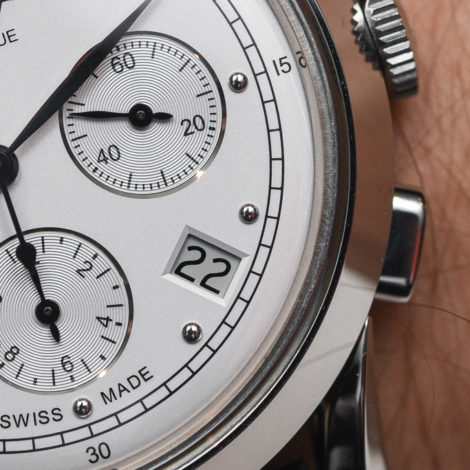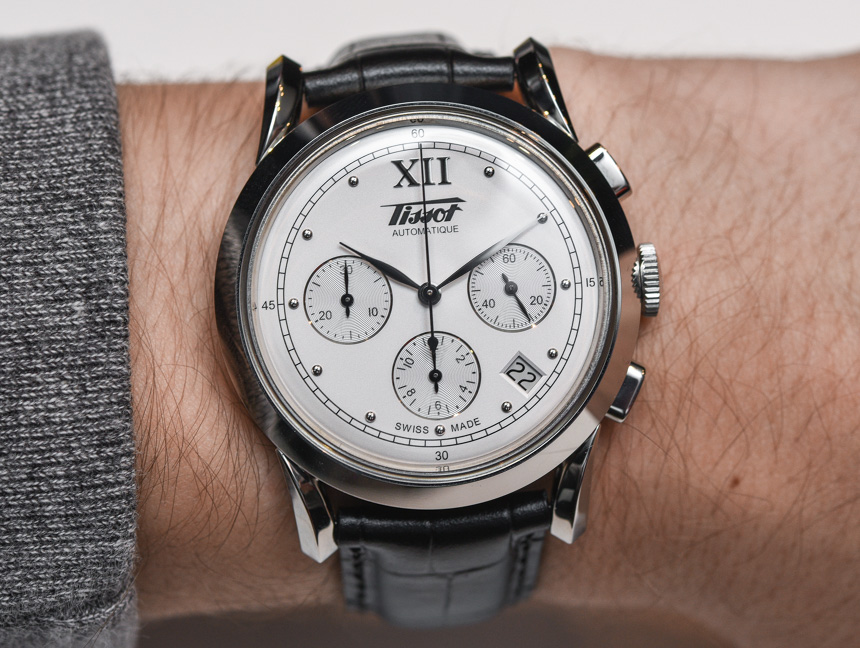
Introduced this Baselworld, the Tissot Heritage 1948 is a vintage-inspired chronograph based off a similar watch from, obviously, 1948. In addition to embracing the vintage-inspired trend of 2017 (and earlier), Tissot has also decided to make a return to contemporary sized watches that will appeal to a wide group of enthusiasts. Being a solid value proposition in the ~$1,500 range puts the watch in quite a desirable category, so let’s see what the Tissot Heritage 1948 is all about.
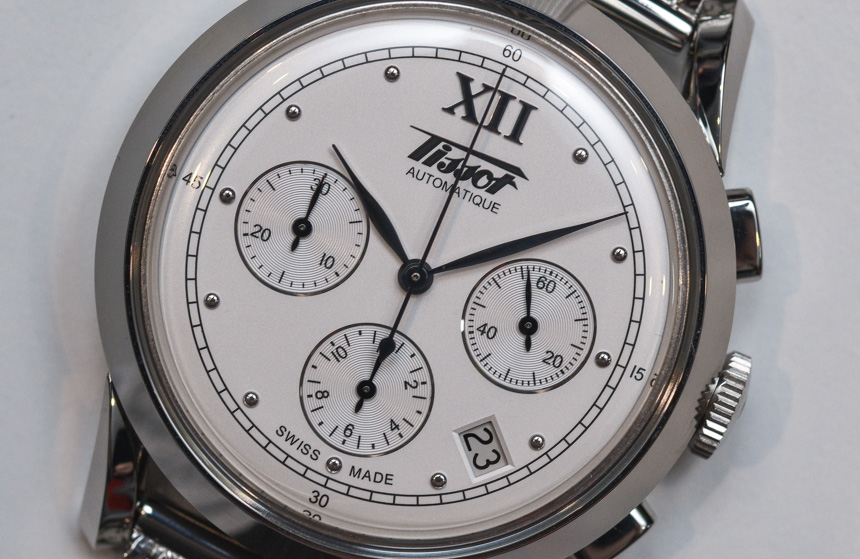
The Tissot Heritage 1948 has a 39.6mm case, which is on the smaller side of most chronograph offerings available today. It is however, an appropriate choice given the design. Perhaps I’m jaded by my experience with vintage watches, but I feel like a lot of the design elements in the Tissot Heritage 1948 – like the twisted, slightly flared lugs, the leaf-shaped hands, and polished, angled bezel wouldn’t work well in a larger 42mm or 44mm case.
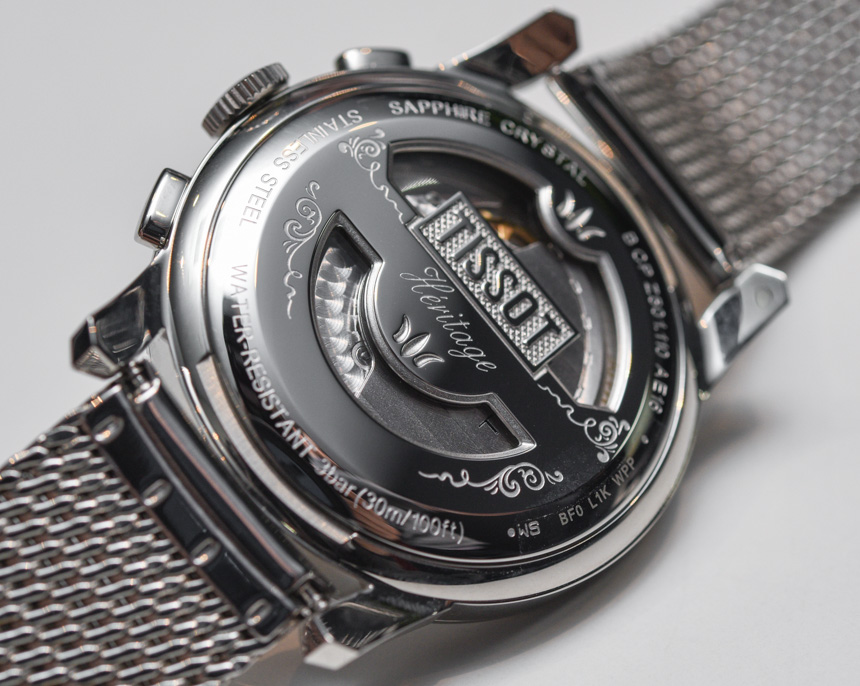
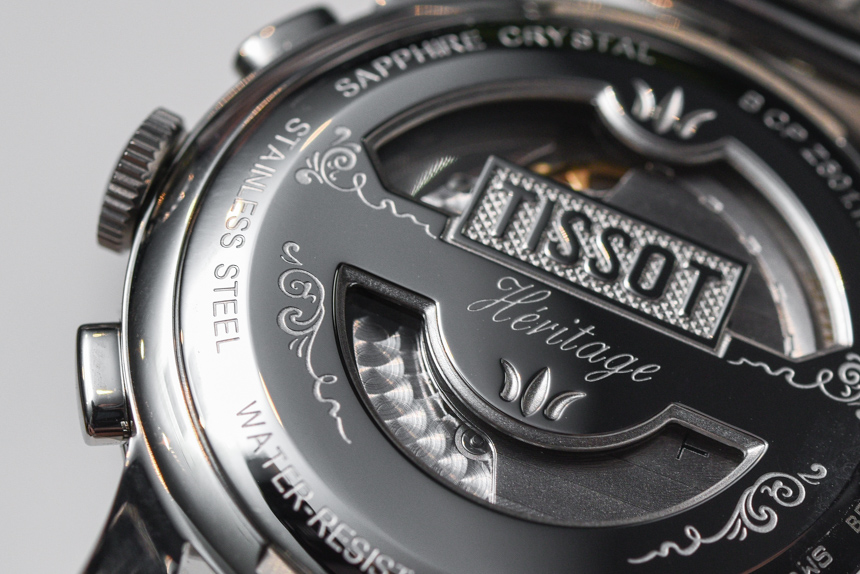
The case looks to be a traditional 3-part construction but is polished all around. The back is unusual in that there is a display caseback that has a steel ‘bridge’ across the middle with an engraving of the words ‘TISSOT’ and ‘Heritage.’ It offers you a highly obfuscated view of the movement and the undoubted complexity of the whole thing feels a bit unnecessary. Additionally, given how unapologetically vintage the design is, a screw-down steel caseback would’ve been more appropriate.
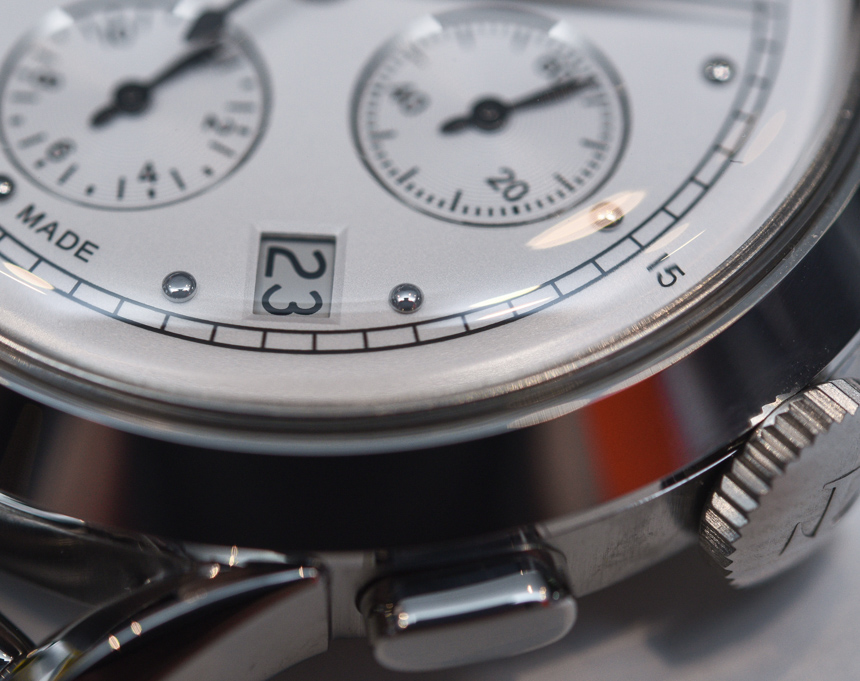

The watch has rectangular chronograph pushers and a thin, fluted crown. The crown especially goes a long way in amplifying the vintage look. The watch is rated to 30m of water resistance, which is adequate and in line with expectations for a dressy chronograph like this. The crystal on the front is not sapphire, but Hesalite, which is an interesting choice. This is true to the original watch from 1948 and while Hesalite has anti-shatter properties (which is what made it ideal for the original Omega Moonwatch), it is highly prone to scratches. Some may find the use of Hesalite endearing, others annoying in practice.
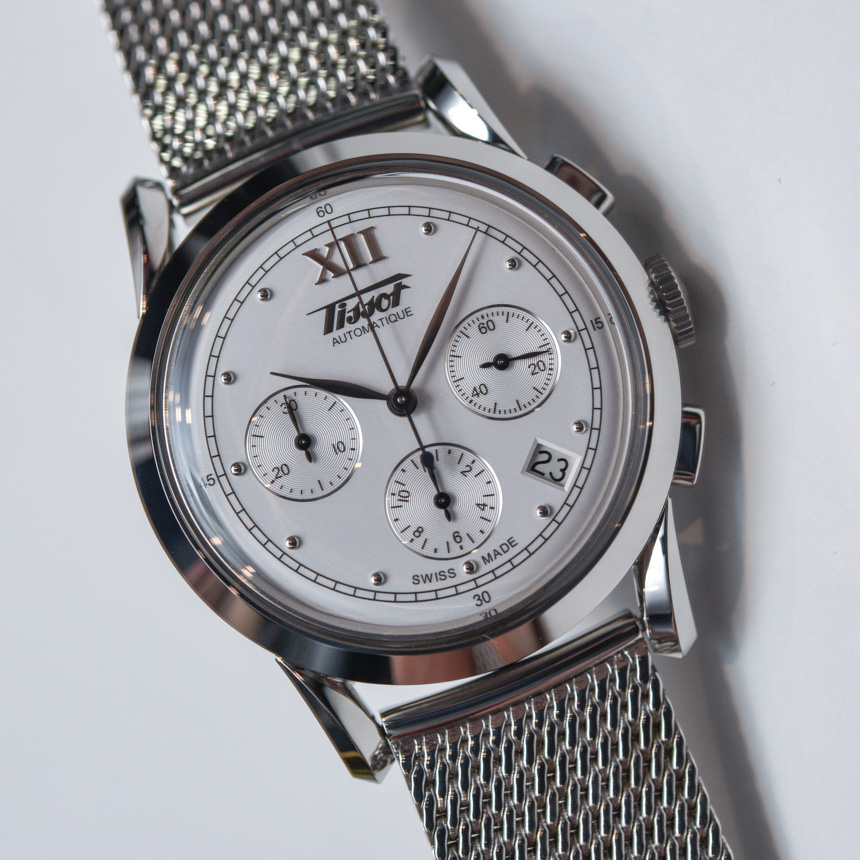

The dial of the Tissot Heritage 1948 is off-white in color with a subtle matte finish. It is a traditional 3-dial layout with recessed sub-dials that have a concentric track-like pattern. The sub-dial at 3:00 indicates continuous seconds, at 6:00 is the 12-hour chronograph counter, and at 9:00 is the 30-minute chronograph counter. There are applied steel hour markers around the dial and a lone Roman marker at 12:00. Overall, it is an elegant, relatively uncluttered design. I like that they didn’t attempt to use applied Roman or Arabic markers for all the hours.

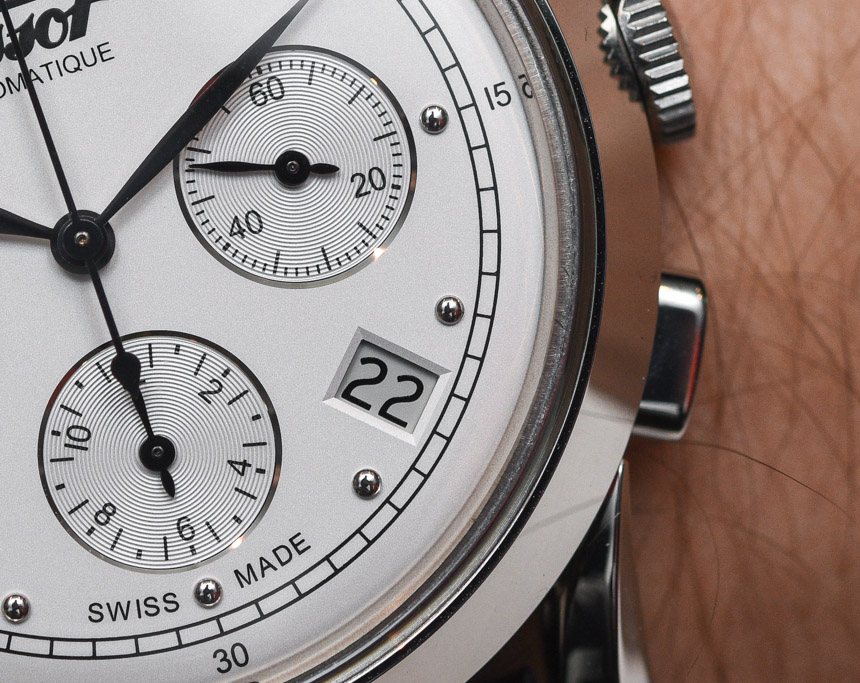
The hands are leaf-shaped with the minute and hour hands in polished steel and the remaining in black steel. There is no trace of lume on the dial – making this one of the more true-to-original vintage inspirations. There is one perplexing, and mildly annoying dial feature – the date window. Like the quasi-display caseback, the date window feels out of place from the entire vintage design and its placement at the 4:30 spot has always been controversial to begin with. I believe that Tissot would’ve been better off excluding this. The older style font used for the Tissot logo on the dial is a nice touch. Were it not for the slightly larger case and the lack of scratches/patina, you’d be forgiven for thinking this was one of the original watches at first glance.
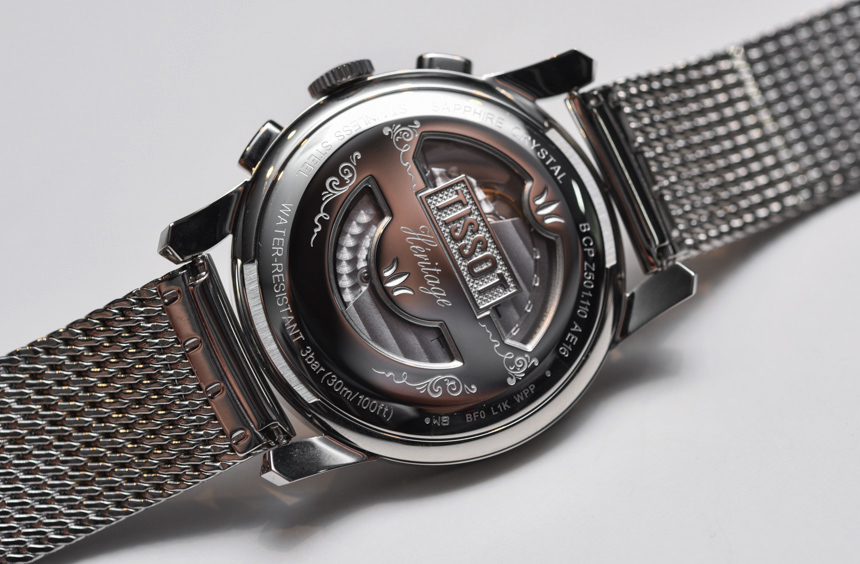
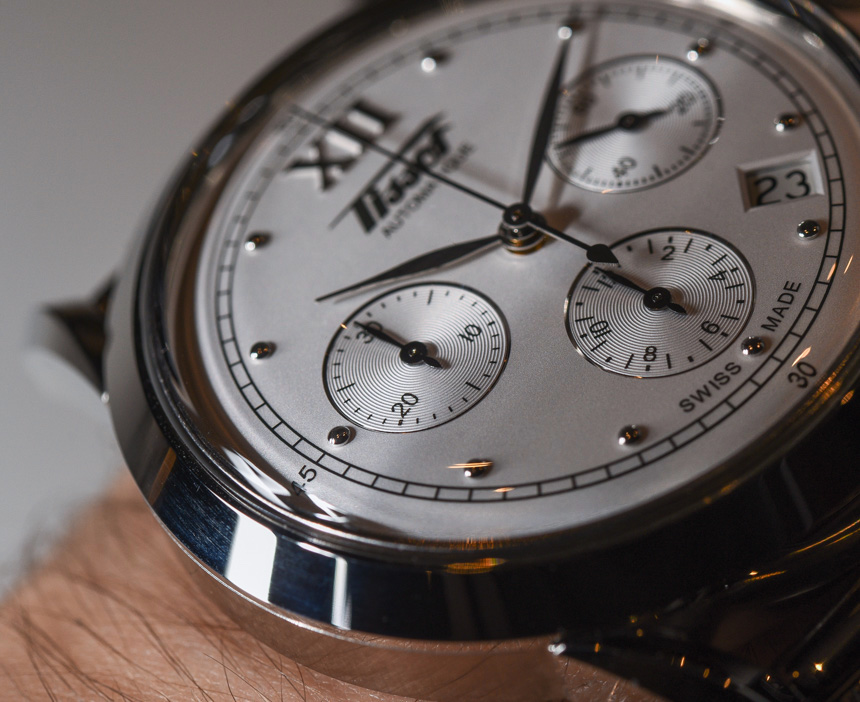
The Tissot Heritage 1948 is powered by the ETA 2894-2, which is essentially an ETA 2892-2 with a chronograph module. The ETA 2894-2 replaced the earlier generation ETA 2892-2 with a DD2021 module. The movement has been used in a broad array of Swatch Group models as well as watches from brands like Bell & Ross and Chopard. Suffice to say it is reliable, robust, and a good, not to mention thinner, alternative to the ubiquitous Valjoux 7750.
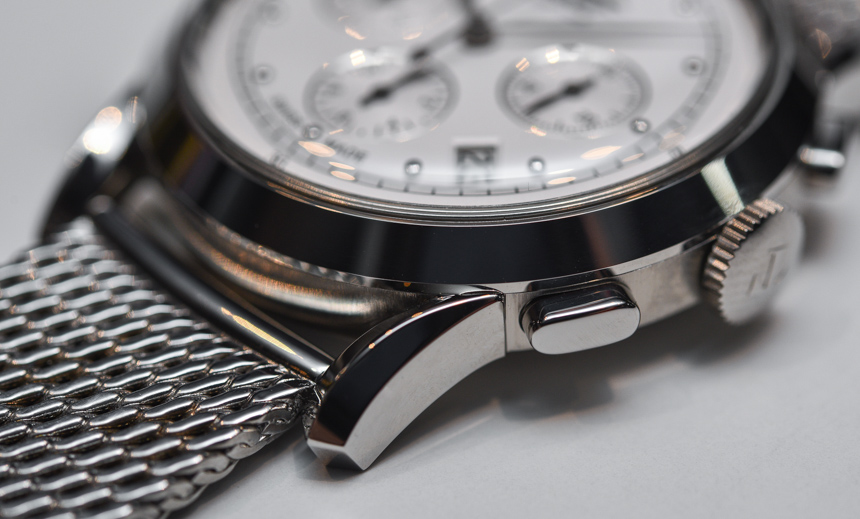
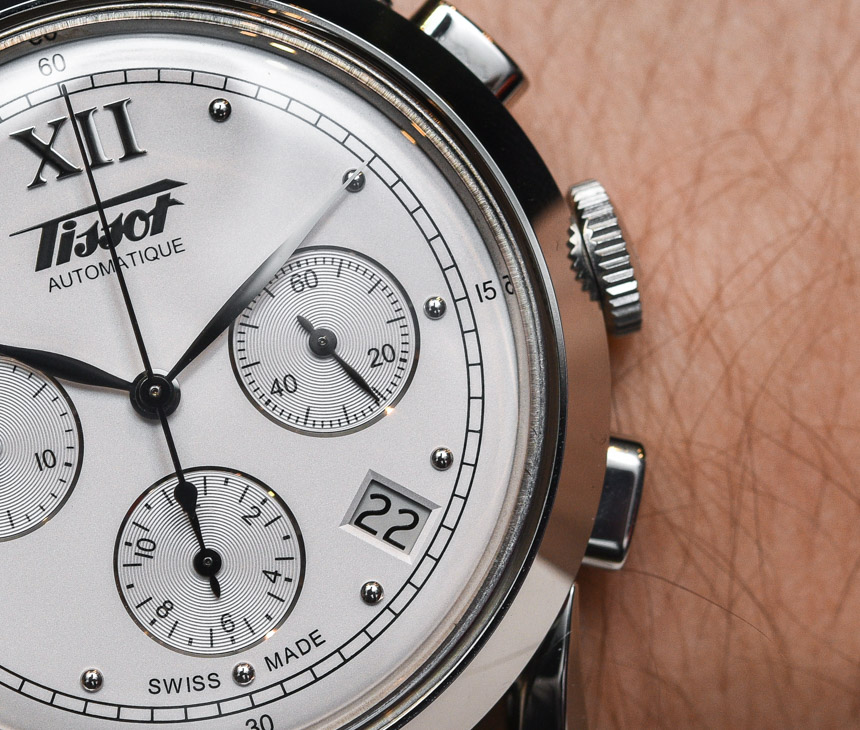
The movement offers 42 hours of power reserve and beats at 4Hz. While this isn’t a mechanically interesting, in-house movement like the one in the Frederique Constant Manufacture Flyback Chronograph, it is what one would expect at this price point and gives collectors an affordable alternative to the array of Valjoux 7750 or Seiko NE-88 powered options out there. The only downside to a modular chronograph is complexity in servicing but from personal experience, I can confirm that this is still possible provided you have access to a competent watchmaker. It’s also required infrequently enough that it shouldn’t materially affect ownership experience.
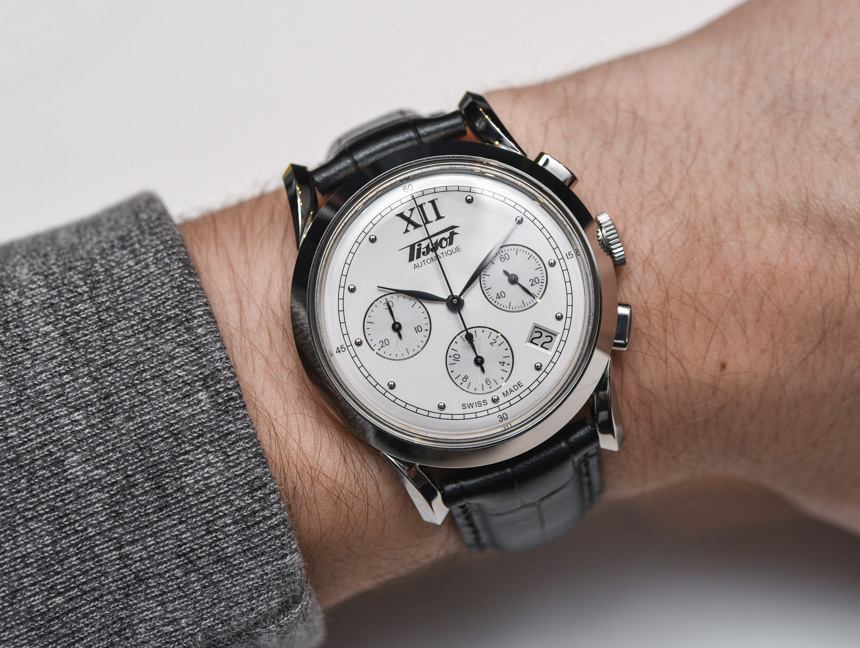
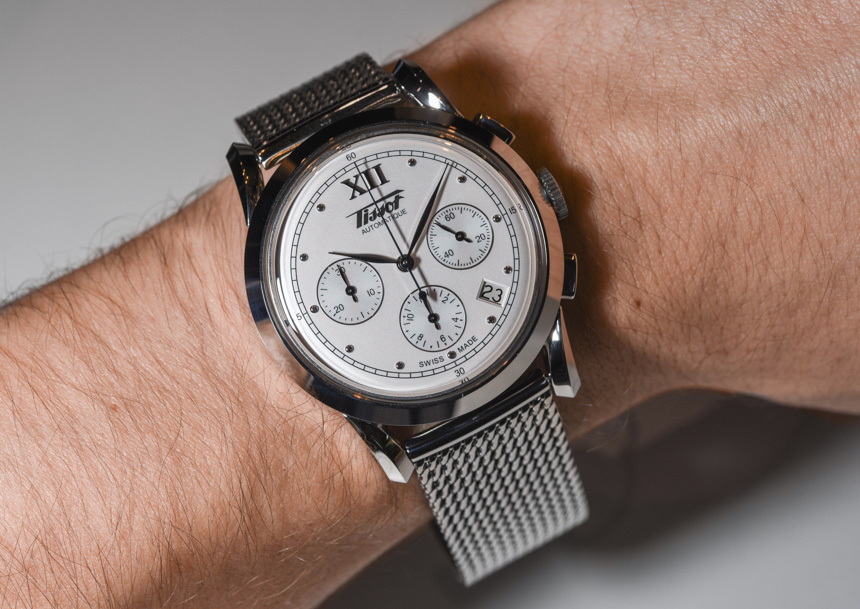
While a lot of collectors, including me at times, have lamented the lack of new designs by the major brands in 2017, the Tissot Heritage 1948 is one of the exceptions – primarily because of the affordability. While the design is familiar and nothing new, Tissot is trying to make the automatic Swiss chronograph affordable to collectors and is not using the vintage inspiration to charge a premium. The Tissot Heritage 1948 is available on a Milanese bracelet for $1,450 or a leather strap for $1,400 – my personal choice would be the leather strap. us.tissotshop.com or tissotwatches.com


